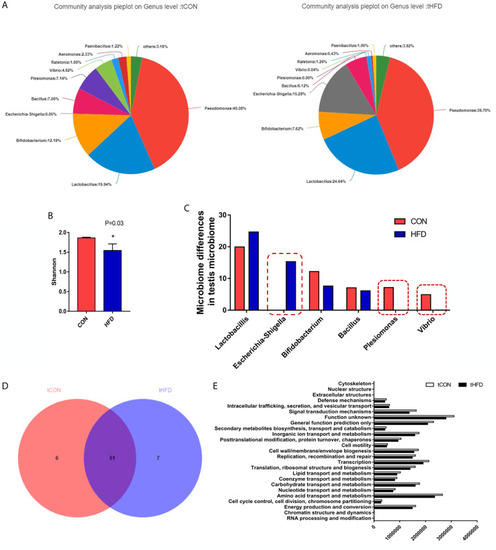- Title
-
Obesity Causes Abrupt Changes in the Testicular Microbiota and Sperm Motility of Zebrafish
- Authors
- Su, Y., He, L., Hu, Z., Li, Y., Zhang, Y., Fan, Z., Zhao, K., Zhang, H., Liu, C.
- Source
- Full text @ Front Immunol
|
Successful establishment of the obesity model. |
|
Effects of obesity on the sperm motility of zebrafish. |
|
Obesity causes the destruction of zebrafish BTB structure and testicular inflammation. |
|
Differences in intestinal microbial composition after High-fat diet-induced obesity. |
|
Microbial community composition analysis in the testes of normal and obese male zebrafish showing marked microbial differences between the two groups. |
|
Comparison between testicular and intestinal microorganisms. |
|
|







